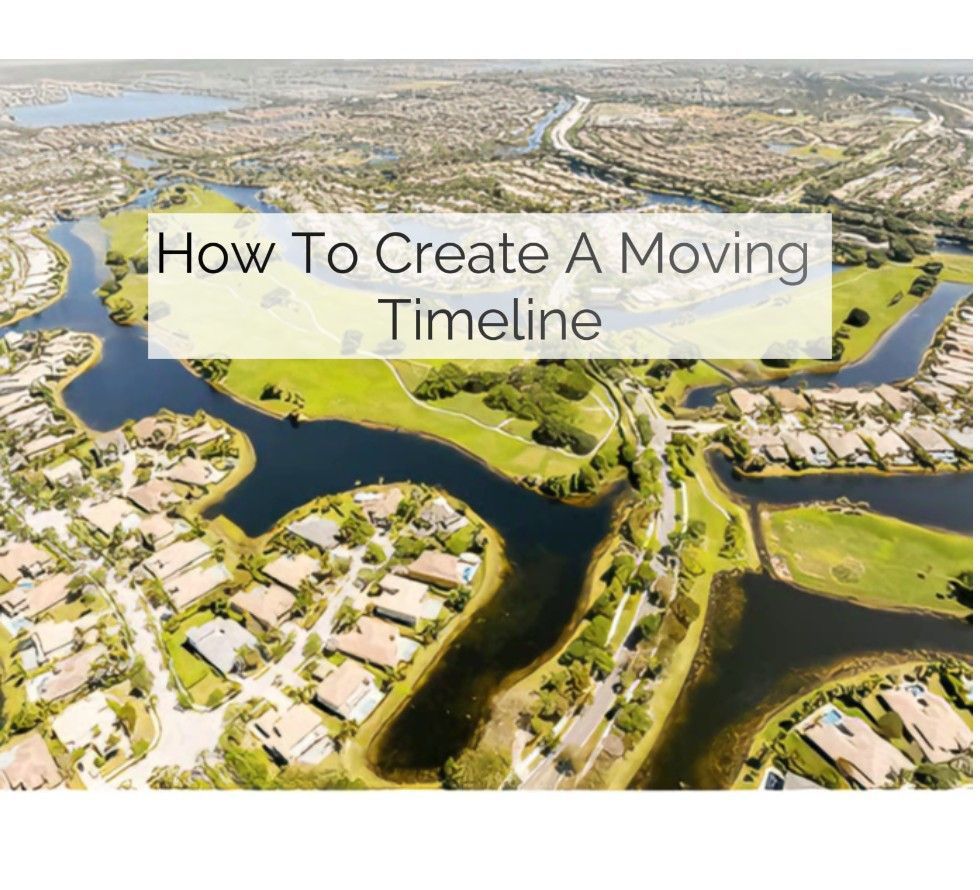Welcome to Cooper City, Florida! Nestled in the heart of Broward County, Cooper City, FL is a family-friendly community known for its lovely parks, excellent schools, and welcoming atmosphere. If you're considering a move, look no further! Our full-service moving company, Haulin’ Assets Moving & Storage in Pompano Beach, FL, is here to make your relocation seamless.
Brief History of Cooper City
Founded in 1959 by Morris Cooper, this charming city originally began as a small community surrounded by farmland. Over the years, Cooper City has transformed into a vibrant and dynamic neighborhood while still maintaining its small-town feel. Historical landmarks and community milestones have shaped it into the beloved city it is today.
Location and Accessibility
Proximity to Major Cities
Cooper City is conveniently located in Broward County and enjoys close proximity to some of South Florida's major cities:
- Miami: Approximately 25 miles south
- Fort Lauderdale: Roughly 12 miles east
These nearby cities offer additional employment opportunities, entertainment options, and cultural attractions, making Cooper City an ideal base for those who want a quieter home life without sacrificing access to urban amenities.
Transportation Options
Navigating Cooper City and the surrounding areas is straightforward thanks to a variety of transportation options:
- Public Transportation: Broward County Transit (BCT) provides bus services throughout the region, including routes that connect to Fort Lauderdale and Miami.
- Major Highways and Roads: Cooper City is close to major highways like I-75, I-595, and the Florida Turnpike, making car travel efficient.
- Airports: The city is within easy reach of two major airports:
- Fort Lauderdale-Hollywood International Airport (FLL): About 10 miles away
- Miami International Airport (MIA): Approximately 25 miles away
These transportation options make Cooper City a convenient location for both daily commutes and longer trips.
Living in Cooper City
Cost of Living
Living in Cooper City offers a balanced lifestyle without the exorbitant costs often associated with nearby larger cities. According to recent data:
- Average Monthly Expenses: The cost of living in Cooper City is slightly higher than the national average but is more affordable than Miami or Fort Lauderdale.
- Utilities: Relatively low utility costs contribute to the overall affordability.
- Quality of Life: While the cost of living is moderate, the high quality of life in terms of schools, parks, and community services justifies the expense.
Real Estate Market
Types of Housing
Cooper City’s housing market offers a variety of options to suit different needs and budgets. The primary types of housing include:
- Single-Family Homes: Ideal for families seeking spacious living environments, these homes often come with large yards and are located in family-friendly neighborhoods.
- Apartments and Condos: These are great for singles or smaller families who prefer less maintenance and modern amenities.
Notable Developments
The real estate market is booming with:
- Recent Projects: Several modern housing developments have been introduced, including luxury townhomes and gated communities.
- Upcoming Developments: Planned developments aim to offer even more housing options and community amenities in the coming years.
Rental Market
For those not ready to buy, the rental market is also robust:
- Average Rent Prices: Average rents for apartments and single-family homes are competitive but reflect the high demand for housing in this desirable area.
- Housing Demand: Due to its excellent schools and community feel, rentals in Cooper City are highly sought after, sometimes leading to waitlists for desirable properties.
Notable Neighborhoods in Cooper City
Cooper City is divided into several distinctive neighborhoods, each with its own character and amenities:
- Rock Creek: This family-friendly neighborhood is known for its beautiful lakes, walking trails, and parks. Rock Creek is perfect for those who love outdoor activities and community-centric living.
- Embassy Lakes: A gated community offering lush landscaping, top-notch amenities like pools and tennis courts, and a strong sense of security. Embassy Lakes is ideal for families looking for a resort-like lifestyle.
- Monterra: One of the newer developments, Monterra features a variety of housing options, including single-family homes and townhouses. It also boasts a clubhouse, fitness center, and multiple parks.
- Flamingo Gardens: This neighborhood provides a mix of older homes and new developments, making it a diverse place to live. It’s well-known for its community events and local engagement.
- Cooper Colony Estates: Located near Cooper City High School, this neighborhood is perfect for families with school-aged children. It offers spacious homes and easy access to various city amenities.
Haulin’ Assets Moving & Storage: Your Trusted Moving Partner
Relocating to Cooper City, FL? Let Haulin’ Assets Moving & Storage help make your move stress-free. Our full-service moving company in Pompano Beach, FL, specializes in residential and commercial moves, ensuring all your belongings reach your new home safely and efficiently.
Moving to Cooper City offers an unparalleled quality of life with its excellent schools, vibrant community, and convenient location. Whether you’re planning to buy a home, rent an apartment, or simply explore what this charming city has to offer, Cooper City is indeed “Someplace Special.”


